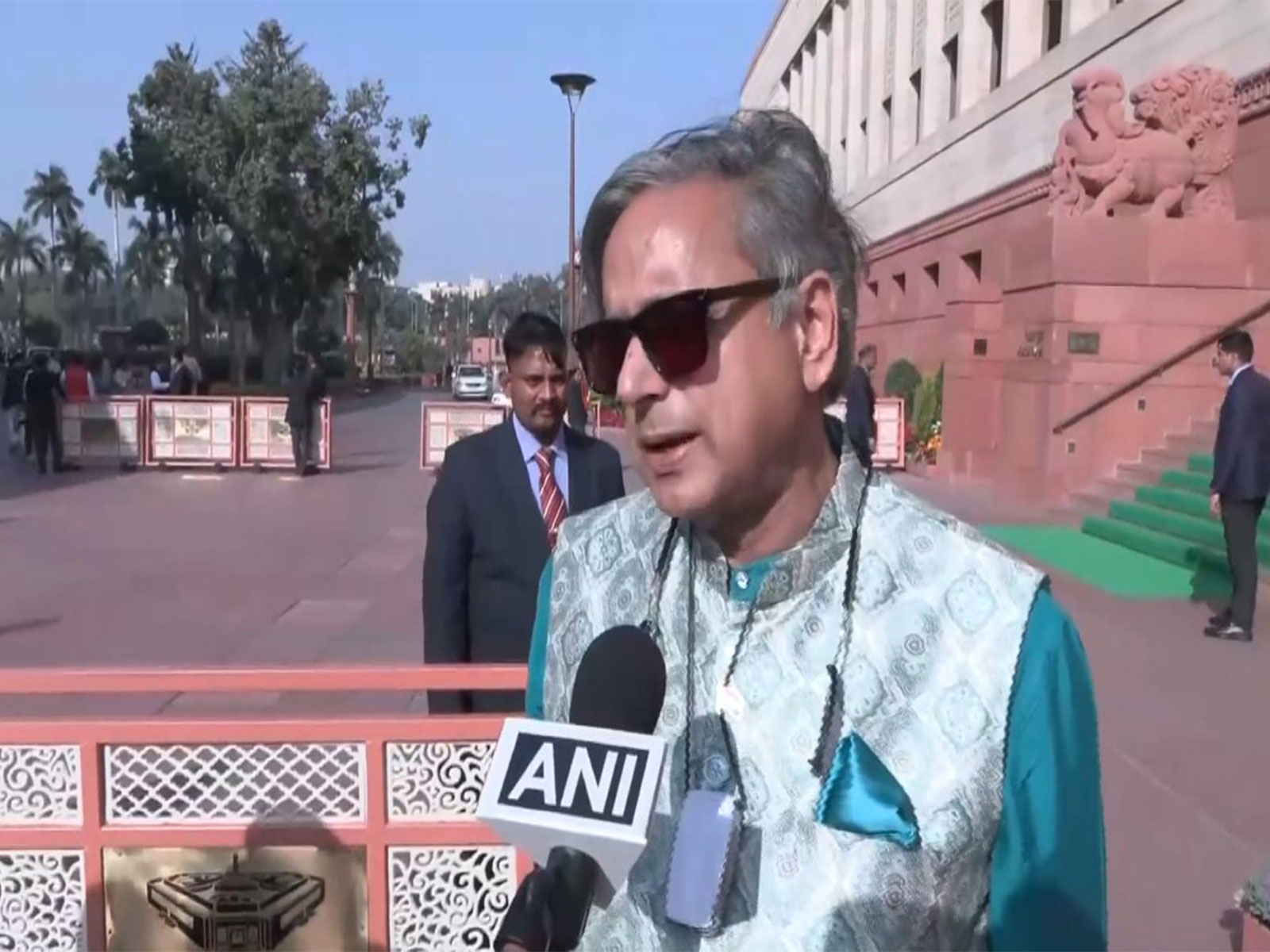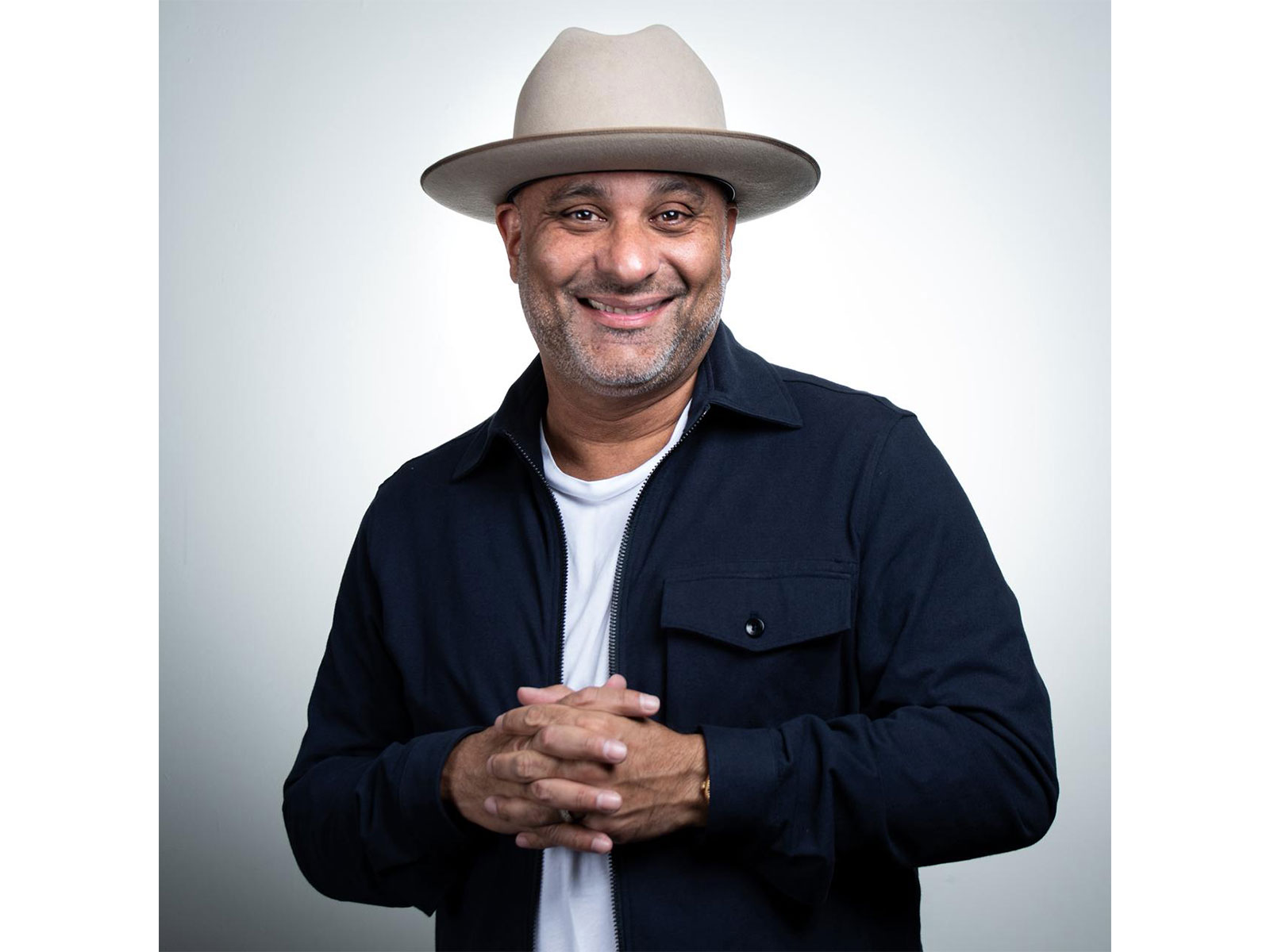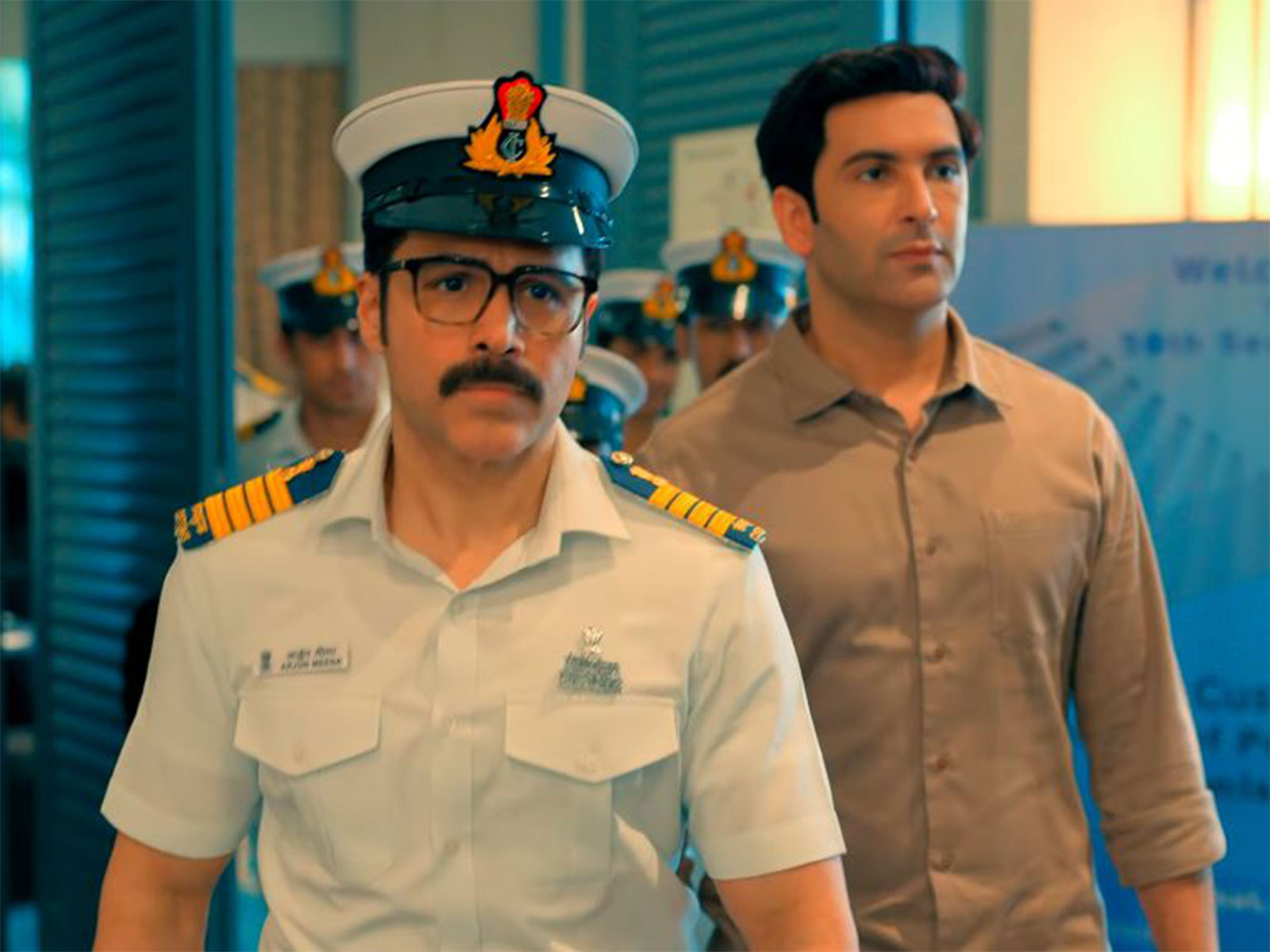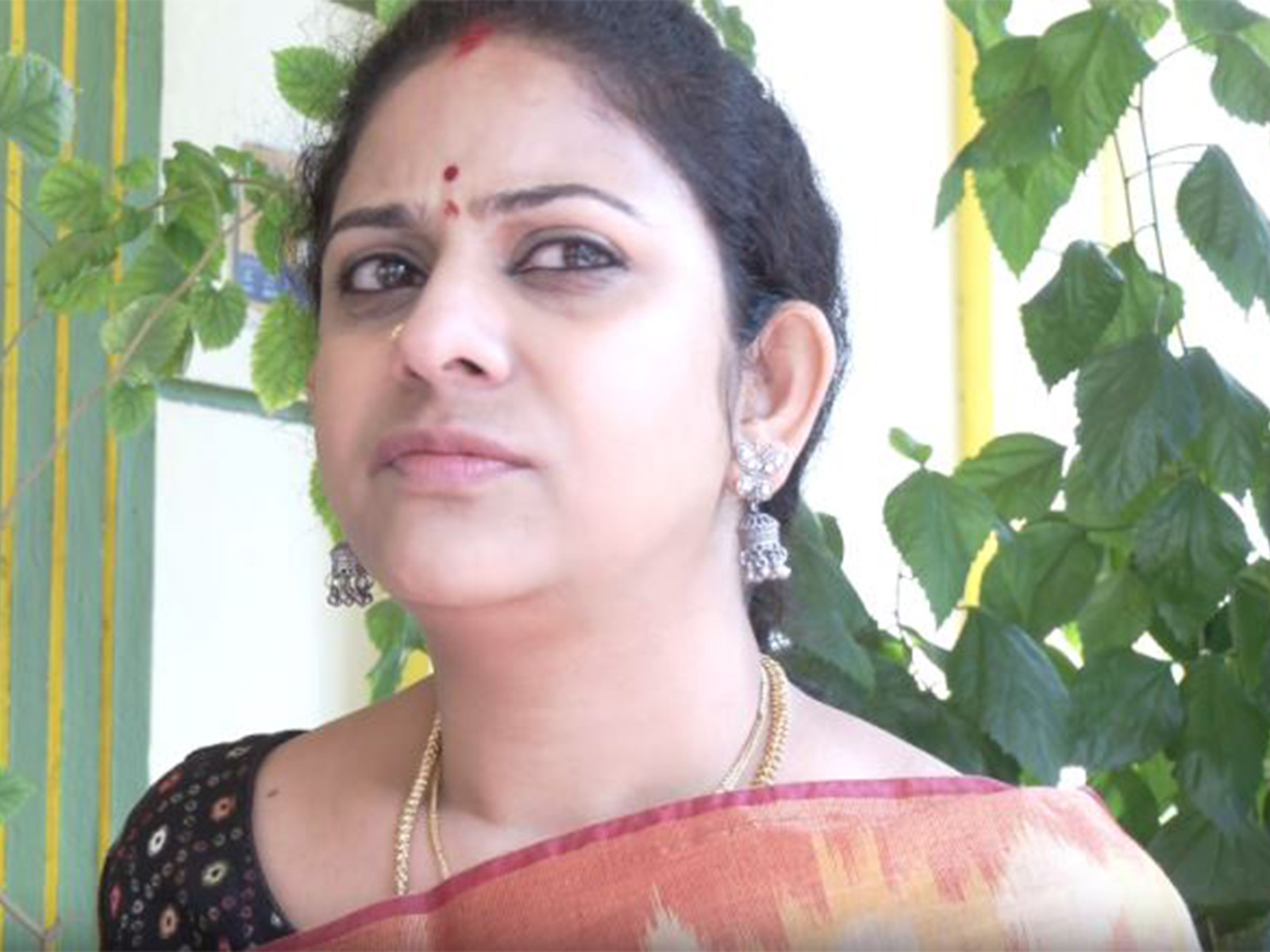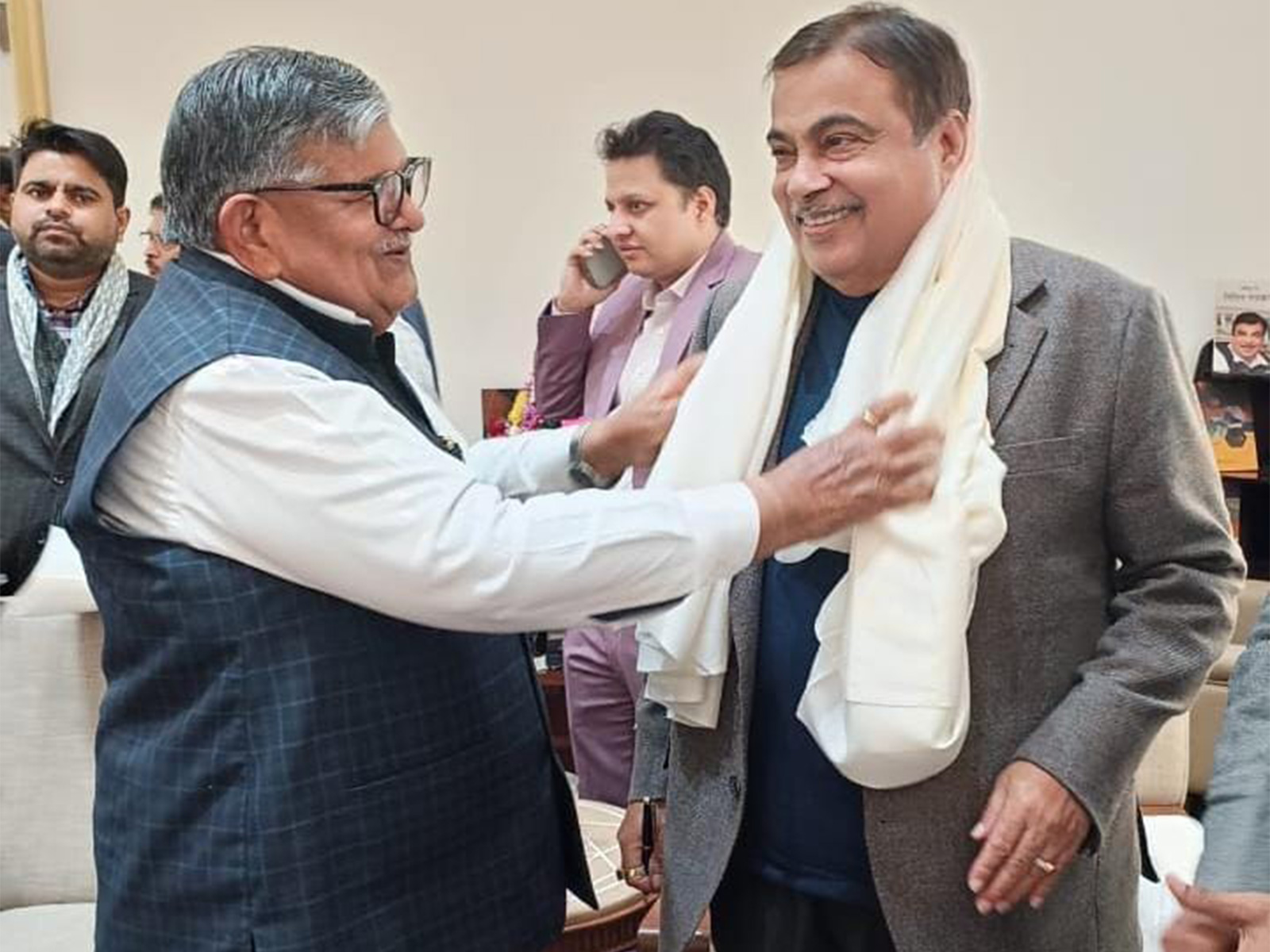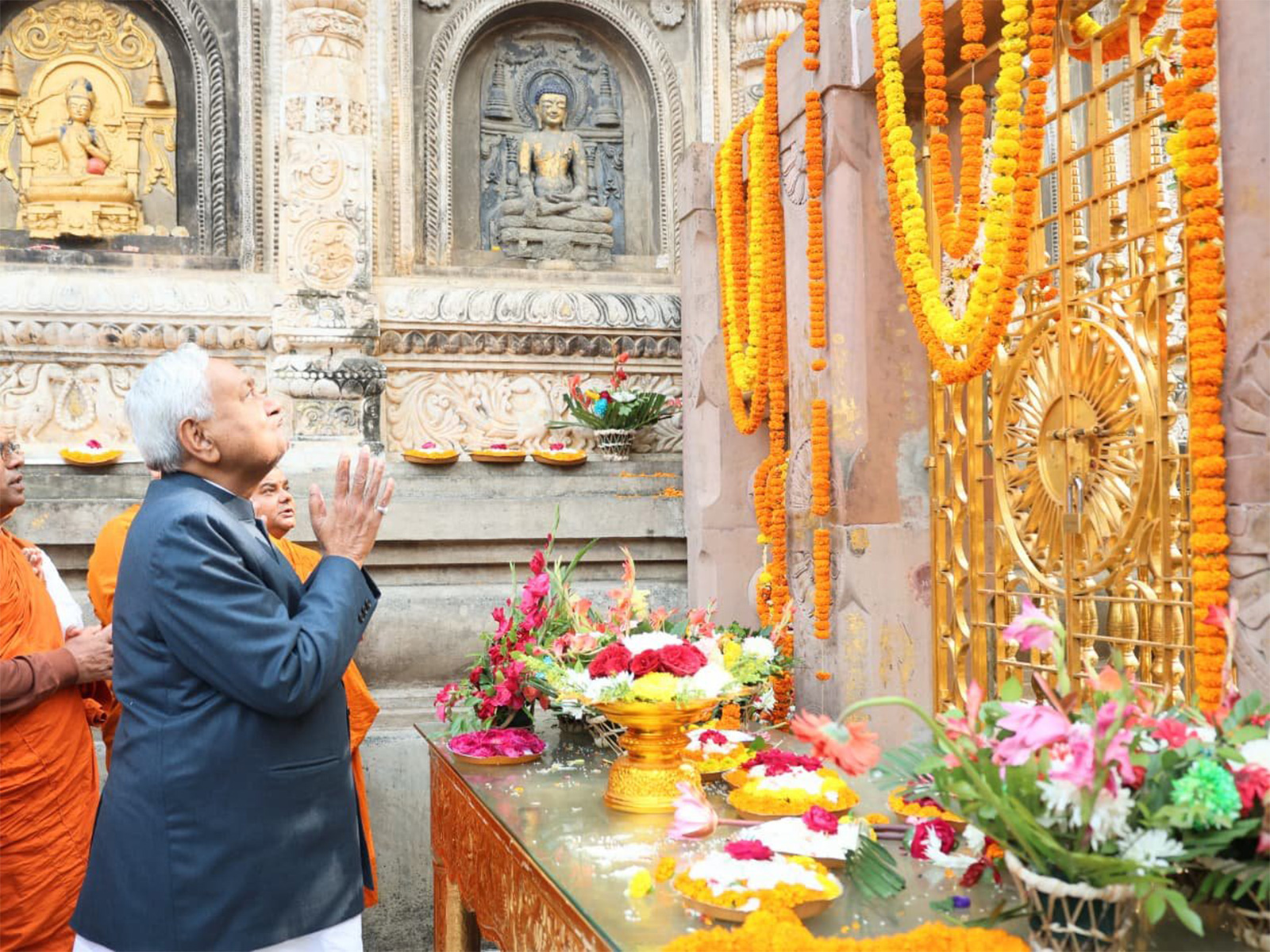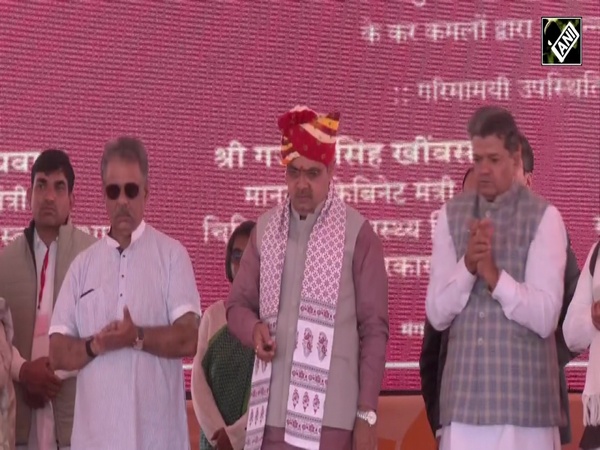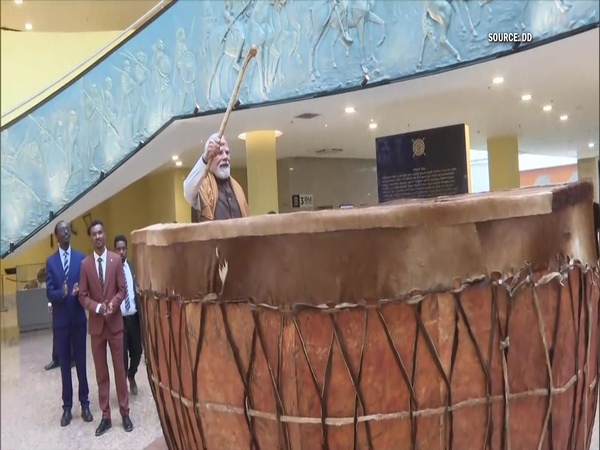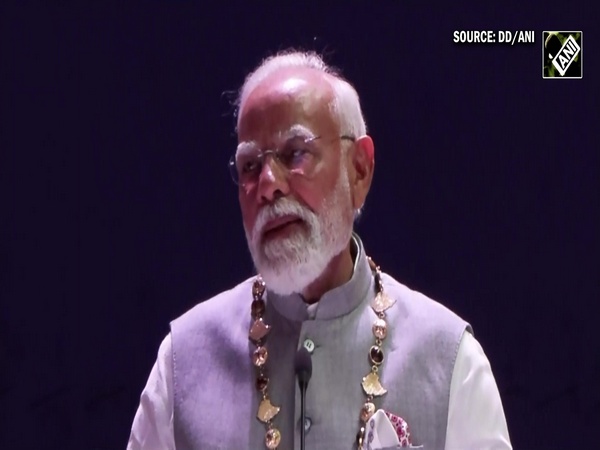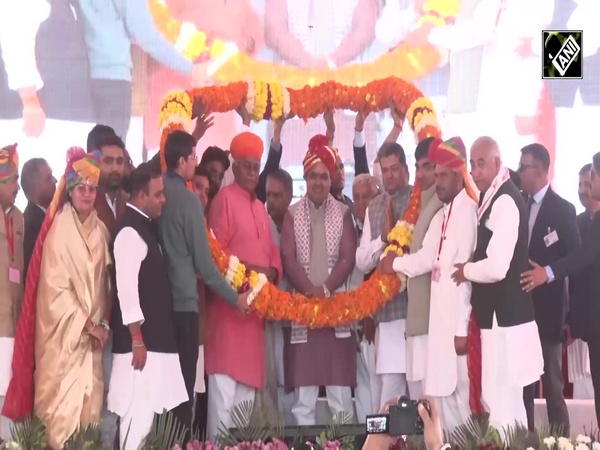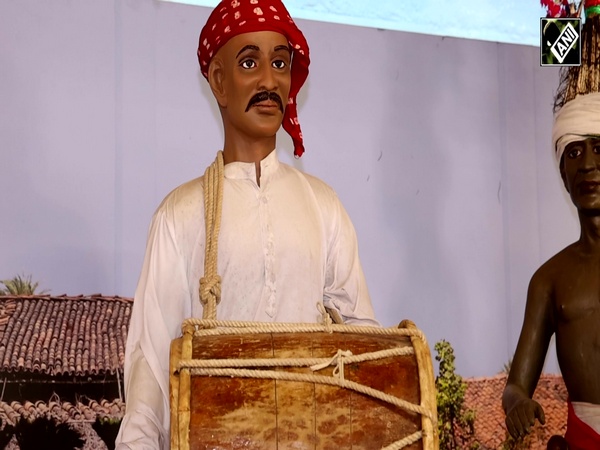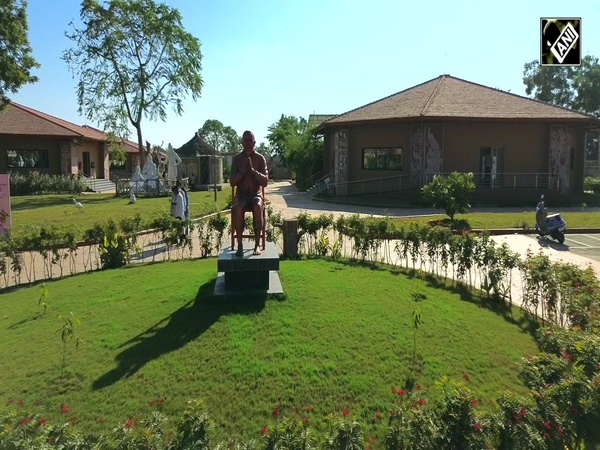National nightingale Lata Mangeshkar leaves behind rich musical legacy
Feb 06, 2022

New Delhi [India], February 6 : Lata Mangeshkar passed away on Sunday morning at Mumbai's Breach Candy Hospital. The 92-year-old singer had been hospitalised on January 8 after being diagnosed with pneumonia and COVID-19.
The legendary singer had been recovering, however, yesterday her condition had deteriorated again and she had to be put on ventilator support. She was under medical observation.
Lata Mangeshkar, the evergreen musical empress of Bollywood, was a name that was synonymous with music in India. The Queen of Melody, who moved the entire nation with her deep influencing voice, was as melodious as a nightingale.
With a career span of almost eight decades, she was the recipient of awards like Bharat Ratna and Dada Saheb Phalke for her contribution to the Indian music industry.
She represented an entire era, a movement and a lasting phase in the Indian music space. Her voice was so powerful that it transcended all barriers of language, caste, creed, culture, region and religion.
Lata, the eldest of five siblings was born on September 28, 1929, to a Marathi speaking family in Indore, which was earlier a part of Central India Agency, but now in Madhya Pradesh. Her father Pandit Deenanath Mangeshkar was a classical singer and a noted theatre artist.
Her mother Shevanti was a Gujarati woman from Thalner, Bombay Presidency, now in northwest Maharashtra. She was Deenanath's second wife, after his first wife Narmada, who was Shevanti's elder sister, died.
The first fruits of classical music were tasted by Lata at the tender age of five, under the auspicious training of her own father. He was a disciple of the Gwalior Gharana, which is a community of performers who share a distinctive musical style. She was also tutored by musical maestros like Aman Ali Khan Sahib and Amanat Ali Khan.
The mantle of responsibilities fell on Lata's shoulders at the age of 13 with the demise of her father, due to heart disease. It was at that age that she recorded her first song, 'Naachu Yaa Gade, Khelu Saari Mani Haus Bhaari', composed by Sadashivrao Nevrekar for Vasant Joglekar's Marathi film 'Kiti Hasaal', though the song did not make the final edit. Navyug was a close friend of the Mangeshkar family.
During her teenage years, she struggled to support her family and in establishing herself as a playback singer in the Bollywood of the 1940s, a time when the profession was dominated by divas such as Shamshad Begum and Noor Jehan. Her first Hindi song was 'Mata Ek Sapoot Ki Duniya Badal De Tu' for the Marathi film 'Gajaabhaau' in the year 1943.
Lata's first major break was with the song 'Dil Mera Toda, Mujhe Kahin Ka Na Chhora', penned by Nazim Panipat for the movie 'Majboor' in 1948. The song became her first big breakthrough film hit and after that, she recorded 'Uthaye ja unke sitam' for 'Andaz' in 1949, which sealed her destiny forever.
From that point on she did playback singing for every major leading lady, representing each generation of Bollywood from Nargis and Waheeda Rehman to Madhuri Dixit and Preity Zinta, till even. Music composers such as Naushad Ali, Madan Mohan, and S.D. Burman used to make tunes specifically to exploit the potential of her wide-ranging soprano.
Her accuracy of whether holding a note or negotiating difficult passages that demand the agility of an acrobatic voice remained unmatched and exemplary throughout her career. Even the most celebrated singers are sometimes prone to slipping up, or hitting a slightly inaccurate note, but not Lata.
Lyrics of Bollywood songs back then were mostly composed by Urdu poets and hence contained a large proportion of words that were Urdu, including the dialogue. Once superstar Dilip Kumar made a mildly disapproving remark about Lata's Maharashtrian accent while singing Hindi or Urdu songs. For a period of time after that, she took lessons in Urdu from a teacher named Shafi to improve upon her accent.
During the 1950s, Lata sang songs composed by various music composers of that time, such as Anil Biswas, Shankar Jaikishan, Naushad Ali, S. D. Burman, Amarnath, Husanlal, and Bhagatram, among several others. She made her Tamil playback singing debut in 1956 with the song 'Enthan Kannalan'.
Composer S. D. Burman chose Lata as the leading female singer for his musical scores in films like 'Sazaa', 'House No. 44', 'Devdas'. However, later on, a disagreement developed between Lata and Burman in 1957, after which she did not sing his compositions again until 1962. In 1959, she won her first Filmfare Award in the Best Female Playback Singer category for Salil Chowdhury's composition 'Aaja Re Pardesi' from the film 'Madhumati'.
Lata sang songs like 'Pyar Kiya To Darna Kya' for 'Mughal-e-Azam' and the Hawaiian-themed number 'Ajeeb Dastaan Hai Yeh', for 'Dil Apna Aur Preet Parai', which still remain one of the most famous songs to date. The year 1962 presented Lata with her second Filmfare Award for the song 'Kahin Deep Jale Kahin Dil', composed by Hemant Kumar for the movie 'Bees Saal Baad'.
The same year she was given slow poison by someone, and for three whole days, she was on the verge of her death. It was only after the 10th day that she started to recover, but was still completely bedridden for nearly 3 months. Surprisingly, during that time her home cook suddenly vanished without even taking his wages.
Lata's most notable concert performance was her wartime rendition of the poet Pradeep's patriotic song 'Ae mere watan ke logo'. On 27 January 1963, against the backdrop of the Sino-Indian War, she sang the song in the presence of then Indian Prime Minister Jawaharlal Nehru, who is said to have moved to tears by her soulful performance.
The 1960s also witnessed the beginning of Lata's association with the legendary musical duo Laxmikant-Pyarelal, for whom she sang the most popular songs of her career. Starting 1963 their association grew stronger over the years and Lata went on to sing over 700 songs for the composers over a period of 35 years, most of which became huge hits.
She made her Kannada debut in the year 1967 with the film 'Kranthiveera Sangolli Rayanna' by recording two songs for music director Lakshman Berlekar.
For a brief period during the 1960s, Lata was not on good terms with Mohammed Rafi over the issue of royalty payments to singers. She wanted him to back her in demanding half a share from the five per cent song royalty that the film producers conceded to select composers.
But, Rafi on the other hand was of the viewpoint that a playback singer's claim on the filmmaker ended with the payment of the agreed fee for the song. This led to tensions between them, but this disagreement was later negotiated by music director Jaikishan.
In the year 1970, she won yet another Filmfare award for her playback singing in 'Jeene Ki Raah' for the song 'Aap Mujhe Achhe Lagne Lage'. In 1973, she was presented with her first National Film Award for the song 'Beeti Na Bitai', composed by R. D. Burman, and written by Gulzar. Again, in the year 1975, she won the National Award for the song 'Roothe Roothe Piya' from the film 'Kora Kagaz', composed by Kalyanji Anandji.
During this time, she performed many concerts across India and abroad, and also became the first Indian to perform at the Royal Albert Hall. In 1978 Lata sang the main theme song 'Satyam Shivam Sundaram' for the Raj Kapoor directorial of the same name. The story of the film was inspired by Lata herself, as was later revealed by Kapoor's daughter Ritu Nanda in her latest book. She also sang many songs in the Assamese language and developed a very good relationship with the Assamese musician Bhupen Hazarika.
In June 1985, Lata was invited by the United Way of Greater Toronto to perform at Maple Leaf Gardens. At the request of Anne Murray, she sang her song 'You Needed Me' for the 12,000 attendees of the concert, which raised USD 150,000 for the charity.
Laxmikant-Pyarelal in the 1980s, had Lata sing some of their biggest hits like 'Sheesha Ho Ya Dil Ho', 'Tu Kitne Baras Ka', 'Kitna Aasan Hai', 'Hum Ko Bhi Gham', among many others. In the late 1980s, Lata made a comeback to Tamil films with two back-to-back renditions of composer Ilaiyaraaja's songs 'Aaraaro Aaraaro' and 'Valai Osai', for the films 'Anand' in 1987 and 'Sathya' in 1988, respectively.
She launched her own production house in the year 1990, which produced the Gulzar-directorial movie 'Lekin', which won Lata her third National Film Award for her rendition of the song 'Yaara Sili Sili', composed by her brother Hridaynath.
In 1999, a perfume brand Lata Eau de Parfum was launched, which was named after her. The same year she was nominated as a member of Rajya Sabha, though she did not attend any of its sessions, which invited criticism from several members of the House, including the Deputy Chairperson Najma Heptullah, Pranab Mukherjee and Shabana Azmi. Lata stated her ill health as the reason for her absence. She reportedly didn't take any salary, allowance or house in Delhi for being a Member of Parliament.
She was awarded the Padma Vibhushan in 1999, one of India's highest civilian honours. Just two years after that in the year 2001, she became the second film celebrity, after Satyajit Ray to receive the Bharat Ratna, India's highest civilian award conferred by the government for the highest order of performance in any field. In the same year, she established the Master Deenanath Mangeshkar Hospital in Pune, which was managed by the Lata Mangeshkar Medical Foundation, founded in October 1989.
Her 1987 song 'Wada Na Tod' from the film 'Dil Tujhko Diya' was included in the 2004 Hollywood film 'Eternal Sunshine of the Spotless Mind'. Lata even designed a jewellery collection in 2005 called Swaranjali, which was crafted by Adora. Five pieces from that collection were able to raise GBP 105,000 at a Christie's auction, a part of this money was donated towards the 2005 Kashmir earthquake relief.
On 28 November 2012, she launched LM Music, her own music label, with an album of bhajans titled 'Swami Samarth Maha Mantra', which was composed by Mayuresh Pai. She sang with her younger sister Usha on the album and on March 30, 2019, she released the song 'Saugandh Mujhe Is Mitti Ki', composed by Mayuresh Pai, as a tribute to the Indian army and nation.
While discussing Lata's career, one must remember that hers was a voice that did not age while she remained active and prolific in the music industry. It remained remarkably youthful, agile and able to negotiate different styles of singing. Though, there are other examples of female singers whose voices did not age as obviously as most other voices do. But with Lata, one is also reminded of the fact that she was able to sing to the music director's baton.
Years ago, music composer Ghulam Haider had once said that "Let me foretell today, that this girl will put to shame everyone else including Noor Jahan. Producers and directors will fall at her feet, begging her to sing in their film". Well, there is no doubt that the prophecy did come true because to date, India has failed to produce another Lata Mangeshkar and it seems that there can be no other like her even in the years to come.
Despite being such a great name, Lata remained the same simple person at heart throughout her life. The white silk saree with a traditional red border and plait became a trademark symbol of the singer. Her humility and shy persona too remained unchanged and not only did her voice moved millions within the country but also spread the magic of Indian music all over the globe.
For millions of people, she was and will always be an amalgamation of melody, sweetness and harmony.
